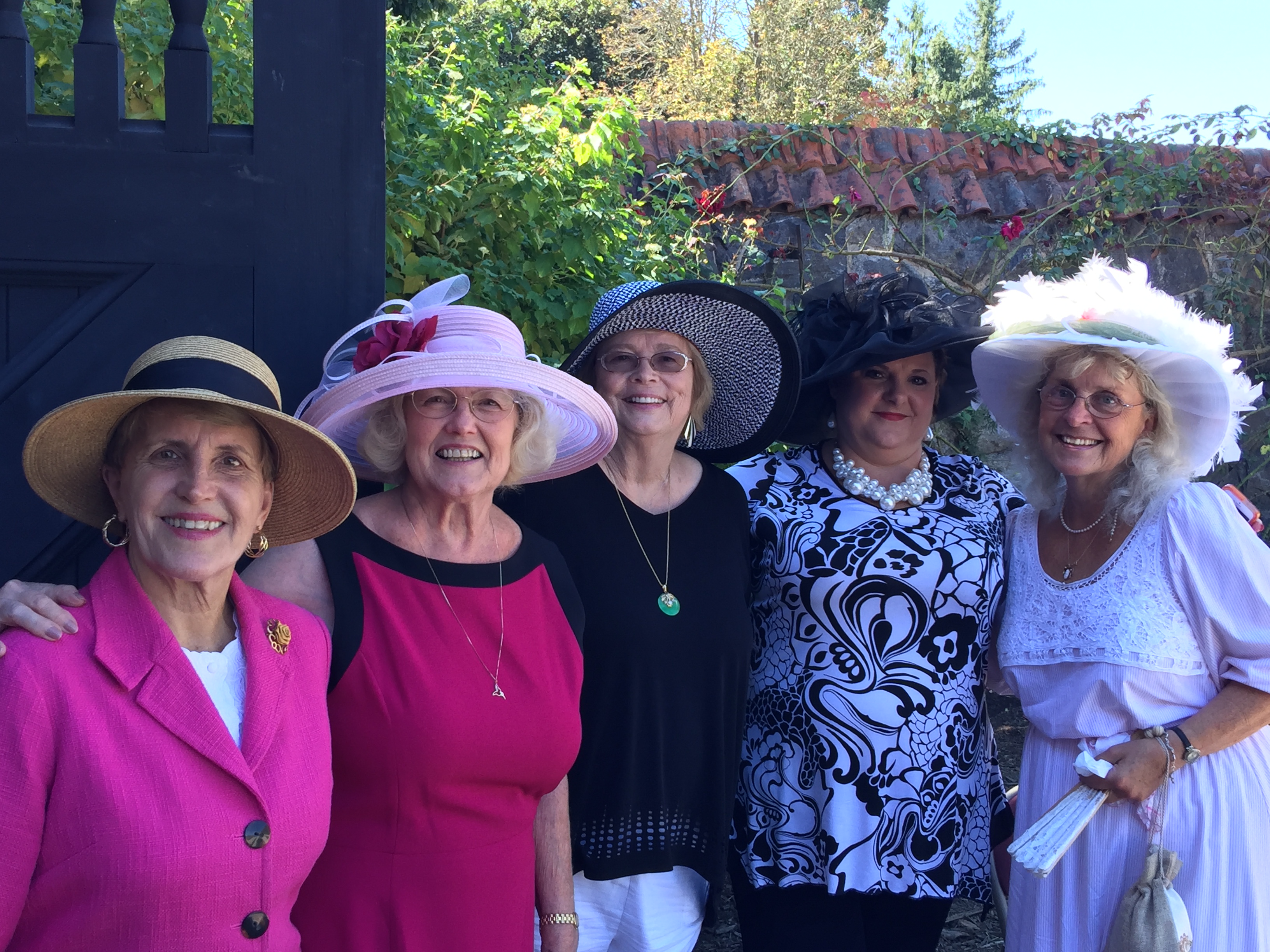Last Sunday, Sue and I made our annual trek up to the Tallgrass Prairie Preserve just notrh of Pawhuska, Oklahoma to admire the large herd of Buffalo (Bison) which grazes there. It was a beautiful day and they were out in great numbers. They seem to be oblivious to the cars that pass through and wander over the road and pass next to the cars. It is a treat to see these magnificent animals on what was once a prairie that covered vast parts of the great plains. I have plagurized the article from Wikipedia for your enjoyment.
The Tallgrass Prairie Preserve, located in Osage County, Oklahoma near Foraker, Oklahoma, is owned and managed by The Nature Conservancy. It is protected as the largest tract of remaining tallgrass prairie in the world. The preserve contains 39,000 acres (160 km2) owned by the Conservancy and another 6,000 acres (24 km2) leased in what was the original tallgrass region of the Great Plains that stretched from Texas to Manitoba.
The preserve is located at the southern end of the Flint Hills, a rocky, rolling prairie that stretches from northern Kansas into Oklahoma. Exposed limestone formations make cultivation difficult, and thus the Flint Hills have survived much as they were when they were an Indian hunting ground for tribes such as the Wichita, Osage, and Kaw. The region is called “The Osage” by Oklahomans, referring to the name of the county and the Indian tribe to which the land belonged. Pilots call The Osage the “Black Hole” when flying over it at night because it is so lightly populated.
The tallgrass prairie owes its existence to fire, whether caused by lightning or manmade. Without fire, the prairie quickly becomes brushland. The Indians were aware of this and burned the prairie regularly to nurture new growth of succulent grasses and to kill intrusive trees and shrubs. The Nature Conservancy has continued this practice with a process called “patch burning” in which about one-third of the prairie is burned each year.[6] This process has proven beneficial not only for bison and cattle, but also for the threatened Greater Prairie Chickens which also inhabit the preserve in small numbers.
Bison are the most prominent attraction of the preserve. An Oklahoma oilman, Kenneth Adams, donated 300 bison to the preserve in 1993. By 2000, the herd had increased to 1,200.[6] The herd now numbers more than 2,500 and grazes 21,000 acres (85 km2) of mostly open range.
The link to the full article is https://en.wikipedia.org/wiki/Tallgrass_Prairie_Preserve

















































